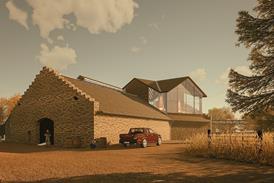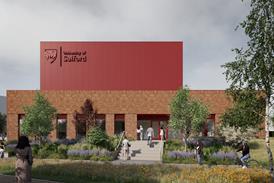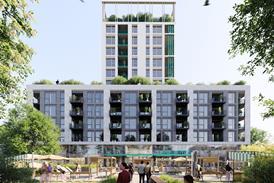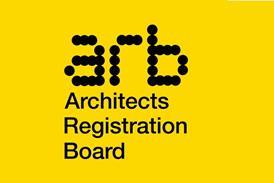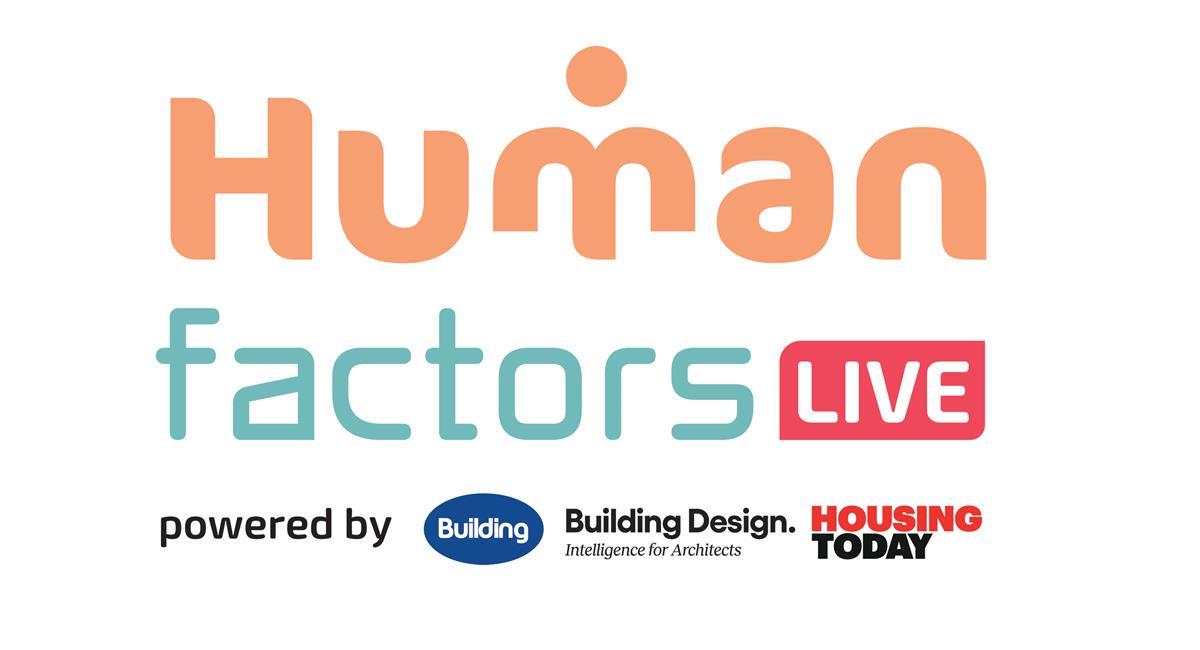- Home
- Intelligence for Architects
- Subscribe
- Jobs
- Events

2025 events calendar Explore now 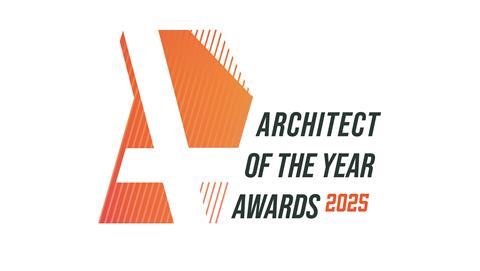
Keep up to date
Find out more
- Programmes
- CPD
- More from navigation items
The quiet revolution in built environment education and engagement – starting with children

As universities widen participation, Rosie Parnell explores how early engagement is opening new pathways into the built environment professions
The release of the Learning Connections report last week by Thornton Education Trust (TET) is a reminder that universities don’t only work with their own grown-up students, but also with children and young people. TET focuses its efforts on campaigning for and supporting young people’s built environment engagement – in whatever form that might take. In the case of universities, TET points out what it calls the “mutual benefits” of this engagement work – on the one hand enriching learning experiences for university students and on the other offering opportunities for children and young people to extend their interactions with their built environment.
At one level universities are duty-bound to work with young people and their teachers to fulfil their obligations to meet widening participation targets. Small central teams dedicated to this outreach activity work in partnership with academics. But this is only part of the story. The Learning Connections report focuses on identifying examples of children’s engagement in UK Schools of Architecture and Built Environment, categorising these examples into four types: live projects, programmes, workshops, and resources. Most likely to be optional, opportunities for students to work with young people nevertheless appear as a possibility at some point during many built environment related design courses.
…
This content is available to registered users | Already registered?Login here
You are not currently logged in.
To continue reading this story, sign up for free guest access
Existing Subscriber? LOGIN
REGISTER for free access on selected stories and sign up for email alerts. You get:
- Up to the minute architecture news from around the UK
- Breaking, daily and weekly e-newsletters
Subscribe to Building Design and you will benefit from:

- Unlimited news
- Reviews of the latest buildings from all corners of the world
- Technical studies
- Full access to all our online archives
- PLUS you will receive a digital copy of WA100 worth over £45
Subscribe now for unlimited access.


